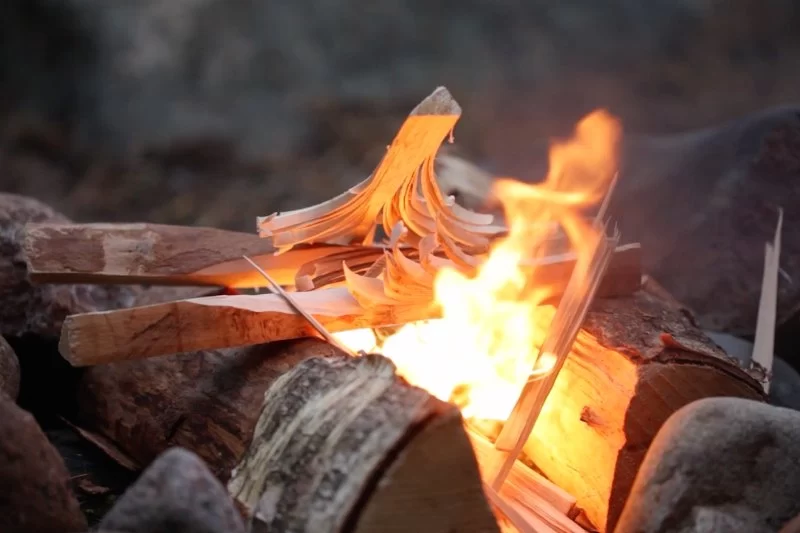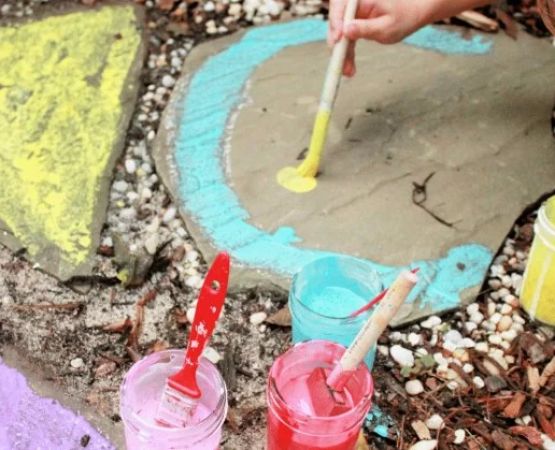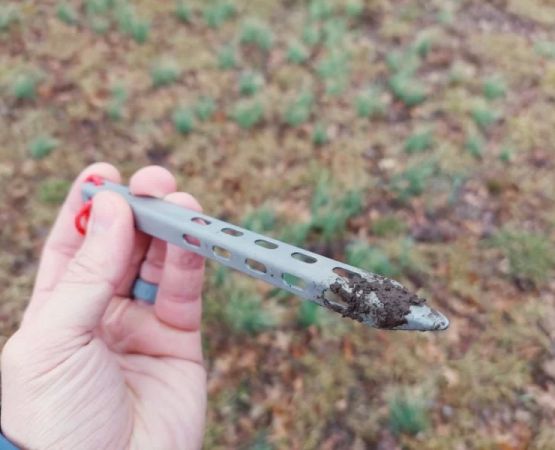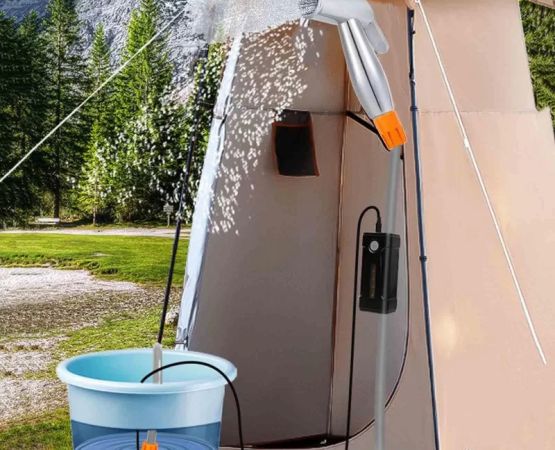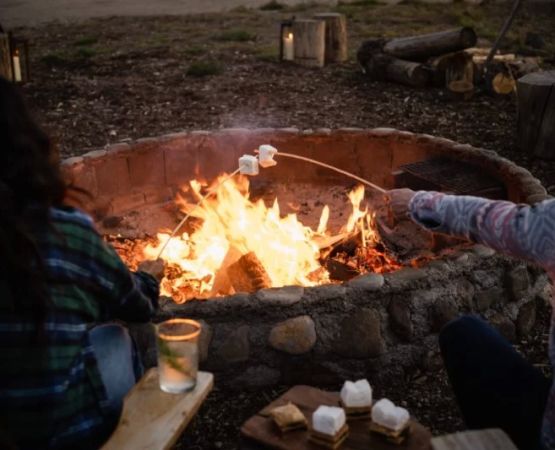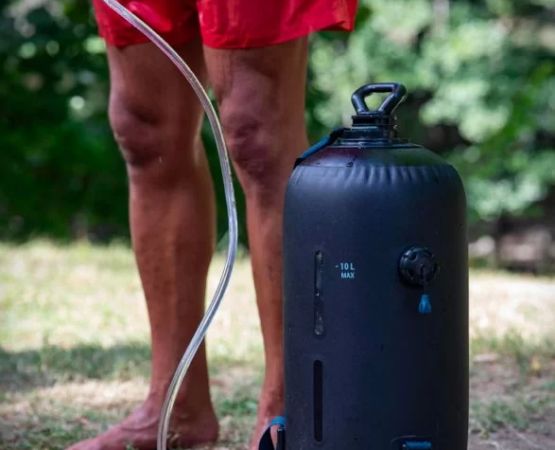Understanding the Principles of Primitive Fire Starting with Flint and Steel
- 1-the-history-and-value-of-primitive-fire-starting
- 2-why-flint-and-steel-are-still-relevant
- 3-the-science-behind-the-spark
- 4-techniques-for-effective-flint-and-steel-use
- 5-real-world-experiences-and-survival-scenarios
- 6-bringing-it-all-together-with-pine-cliff-resort
1. The History and Value of Primitive Fire Starting
Long before matches and lighters, early civilizations mastered the art of fire with stone and steel. Primitive fire starting wasn't just survival—it was a rite of passage, a symbol of independence. The technique of flint and steel dates back centuries, from Viking explorers to colonial frontiersmen. These ancestors understood fire not only as warmth and protection but as a lifeline in the wild.
Learning the principles of primitive fire starting with flint and steel connects us to that lineage. It's more than technique—it’s a mindset of resilience and respect for nature. Today, in a world obsessed with convenience, going back to the basics teaches patience, awareness, and skill.
2. Why Flint and Steel Are Still Relevant
In the age of digital survival gadgets and waterproof fire starters, why even consider flint and steel? Because reliability matters. Batteries die. Fuel runs out. But flint and steel? They work wet, cold, high, or low—as long as your technique is sharp.
For survivalists, bushcrafters, or even weekend campers, having a fire-starting method that doesn’t rely on modern infrastructure is gold. At Pine Cliff Resort, many guests explore primitive fire starting as part of wilderness training or simply to reconnect with nature. The tactile feel of steel striking stone brings a satisfaction unmatched by clicking a lighter.
3. The Science Behind the Spark
Understanding primitive fire starting with flint and steel requires grasping the mechanics behind it. When steel strikes the sharp edge of flint, tiny particles of steel shear off and ignite due to friction and oxygen exposure. These glowing sparks, often over 1,000°F, land on tinder and—if properly prepared—ignite into flame.
The key ingredients include:
- High-carbon steel (like a traditional striker)
- Sharp-edged flint or quartzite
- Dry, fibrous tinder (char cloth, dry grass, birch bark)
It’s simple physics, but requires practice. Many first-timers fail not because the tools are inadequate, but because the tinder is poorly prepared or the striking angle is off. Understanding these principles makes the difference between frustration and fire.
4. Techniques for Effective Flint and Steel Use
Technique is everything when starting fire with flint and steel. Start by securely holding the flint in one hand with a flat edge exposed upward. With the striker in the other hand, scrape firmly downward against the flint. The motion should be controlled and consistent—imagine shaving the stone.
Position your tinder just below the flint, or catch sparks on a piece of char cloth laid over the stone. Once a spark catches, gently blow to encourage the ember to grow, then nestle it into a tinder bundle and blow steadily until flame appears.
Pro tip from wilderness guide Nolan Chase at Pine Cliff Resort: “Speed isn’t the goal—precision is. The best fire-starters slow down and feel the strike.” Practicing with different strikers and tinders helps develop a reliable technique under any condition.
5. Real-World Experiences and Survival Scenarios
Stories abound of hikers and survivalists depending on primitive fire starting when modern tools failed. Take the case of Emma Schultz, a solo trekker who lost her lighter in a rainstorm deep in Oregon’s Cascades. With only a steel striker and a shard of quartz from her emergency kit, she spent an hour practicing until a spark finally ignited a dry fungus.
Her reflection? “That fire wasn’t just warmth—it was life. Every spark was a victory.” This illustrates the emotional power of mastering flint and steel fire starting. It’s not just about heat—it’s about confidence, adaptability, and self-reliance.
That’s exactly what we promote at Pine Cliff Resort: learning through real experience. In our fire-making workshops, people not only gain skill—they gain a new respect for the raw elements that shape survival and tradition.
6. Bringing It All Together with Pine Cliff Resort
If you've ever wanted to truly understand how to start fire with flint and steel, there’s no better setting than the wild. At Pine Cliff Resort, surrounded by dense woods and quiet trails, guests step away from digital life and into the natural world. Our outdoor programs dive deep into primitive skills—not as novelty, but as empowerment.
Whether you're prepping for long-distance hiking, teaching your kids resilience, or rediscovering heritage, mastering primitive fire starting is both useful and grounding. The tactile crack of flint, the glow of a first ember, and the surge of pride that follows—these are the reasons this skill has endured centuries.
Ready to spark your curiosity and confidence? Pine Cliff Resort is where ancient skill meets modern adventure. Come for the flame. Stay for the fire inside you.

